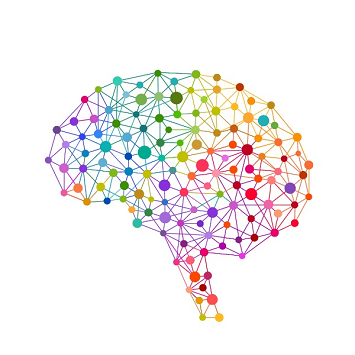

- research
Understanding the neural basis of language requires moving beyond classical perisylvian models to consider the broader, extended language network—a distributed set of regions supporting linguistic, cognitive, and sensorimotor integration. In this talk, I will explore the clinical neuroanatomy of this extended network, drawing on evidence from lesion studies, advanced tractography, and clinical mapping. Emphasis will be placed on white matter connectivity and the role of association pathways supporting diverse aspects of language function. I will also highlight how interindividual neuroanatomical variability shapes both susceptibility to language deficits and recovery potential. Finally, I will discuss the implications of this variability for clinical practice. By integrating structural, functional, and clinical perspectives, the extended language network offers a more nuanced framework for understanding language in the human brain.
Stephanie J. Forkel
PI/Professor
Donders Institute, Radboud University